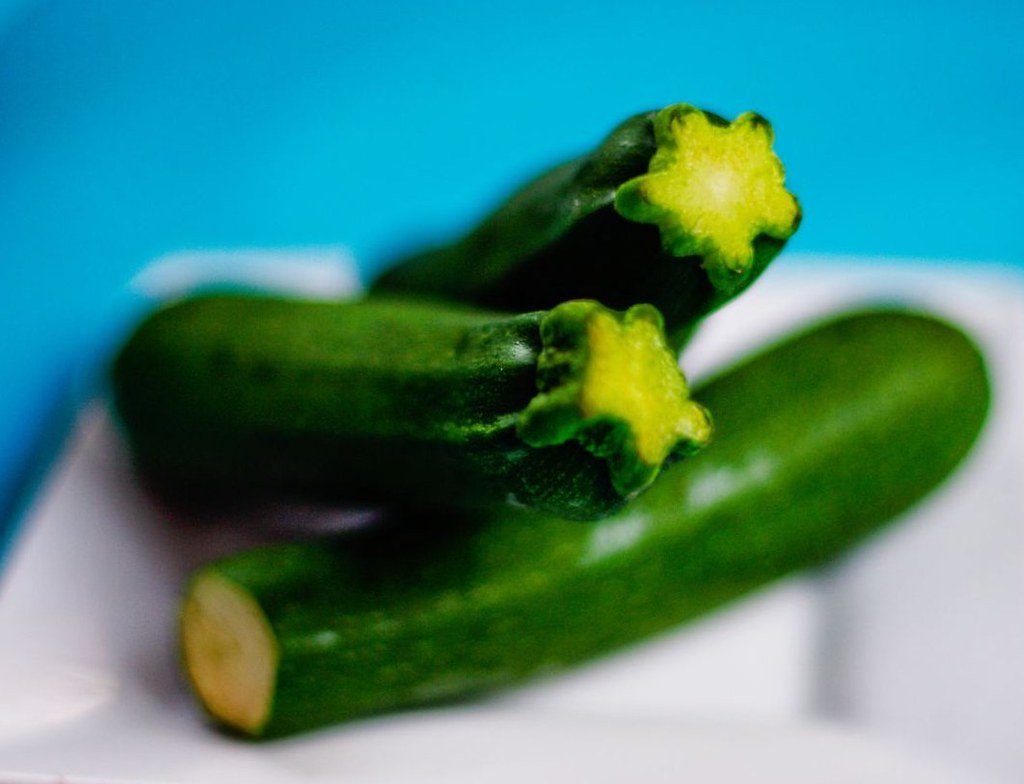Gardening
How to Grow Zucchini in Containers (Step By Step Guide)
Growing your own food is one of the most rewarding ways to enjoy fresh, healthy produce—and zucchini is a fantastic vegetable to start with. Whether you’re working with a small backyard, a sunny balcony, or even a windowsill garden, zucchini can thrive in containers with just a bit of care and the right conditions.
In this guide, you’ll learn everything you need to know about growing zucchini in pots—from sunlight and soil needs to watering tips, pest control, and harvesting. It’s an easy and beginner-friendly crop that grows quickly and produces generously throughout the season.
Let’s dive into the essentials of planting zucchini in containers so you can enjoy a fresh harvest right at home.
Sunlight Requirements for Zucchini

Zucchini plants love the sun. To ensure healthy growth and a good harvest, place your containers in a spot that gets at least 6 to 8 hours of direct sunlight each day. One of the advantages of container gardening is the flexibility to move pots around to chase the sun as needed.
Watering and Moisture Management
Containers dry out faster than garden beds, so it’s important to keep an eye on soil moisture. Mulching can help retain water and keep the roots cool.
- How to check soil moisture: Stick your finger into the soil about 2 inches deep. If it feels dry, it’s time to water. If it’s still damp, wait a bit longer.
- How to water properly: Use a watering can or a rain wand to gently water the base of the plant. Avoid soaking the leaves, as this can encourage fungal issues like powdery mildew.
Keep in mind, zucchini leaves may wilt during the hottest part of the day. This is often normal and they typically perk up by morning. Resist the urge to overwater based on midday wilting alone.
Choosing the Right Soil
Never use regular garden soil in containers—it’s often too dense and may harbor pests or disease. Instead, opt for a high-quality potting mix designed for vegetables. Look for soil that drains well and contains organic matter or compost to feed your plants.
Container Size and Planting Tips

Zucchini has a shallow root system but still needs space to spread. Choose a pot that is at least 12 inches deep and 12 inches wide, ideally holding 15 gallons or more. Ensure your container has proper drainage holes to prevent root rot.
Planting Instructions:
- From seed: Plant seeds 1 inch deep in warm soil (70–85°F). Germination usually takes 7–10 days.
- From seedlings: Dig a 2-inch hole, loosen the seedling’s roots, and plant it gently. Cover with soil and pat down lightly.
Each container should house only one zucchini plant, as they grow large and need space to breathe.
Pollination and Companion Plants
Zucchini plants rely on bees and other pollinators to produce fruit. If your garden lacks bee activity, consider planting flowers like borage or sweet alyssum nearby. These attract pollinators and can be grown in adjacent pots or even in the same container if space allows.
Common Pests and How to Handle Them

Zucchini can attract a few unwanted visitors, but many issues can be managed with natural methods.
- Squash Bugs: These pests lay eggs on the undersides of leaves. If you spot the eggs or bugs at any stage, remove or squash them manually.
- Vine Borers: These pests burrow into stems and can kill young plants. Using fresh potting soil in containers helps reduce their presence. Consider wrapping the base of the stem with foil as a preventive measure.
- Cucumber Beetles: Yellow and black beetles that spread disease. Control them using natural pest control products like spinosad, a soil-friendly bacterium.
- Powdery Mildew: This fungal disease appears as a white coating on leaves. Treat with neem oil or a DIY spray made from equal parts milk and water, plus a few drops of dish soap. Spray plants weekly as needed.
When and How to Harvest Zucchini

Zucchini is typically ready to harvest about 6–7 weeks after planting. For the best flavor and texture, pick them when they’re small—about 6 to 8 inches long.
- How to harvest: Use scissors or garden shears to cut the fruit from the stem. This helps prevent damage and limits the chance of mold or disease.
Check your plants often—zucchini can grow quickly, sometimes doubling in size overnight! While oversized squash is still edible, it tends to be more fibrous and seedy.
Preserving Your Zucchini Harvest
If you end up with more zucchini than you can use, there are safe and easy ways to preserve it:
- Freezing: Grate the zucchini and pack it into 2-cup portions in freezer bags. Perfect for baking or adding to soups and sauces.
- Dehydrating: Slice thinly and dry for use in snacks or trail mix.
- Avoid canning: Zucchini is not considered safe for home canning, even with a pressure canner, due to its low acidity and moisture content. Freezing and drying are the safest options.
Final Thoughts
Zucchini is a generous and fast-growing plant that fits beautifully into container gardens. With the right sunlight, soil, water, and care, even one plant can provide a season-long supply of fresh squash. Keep an eye on pests, harvest regularly, and enjoy the bounty of homegrown vegetables.

